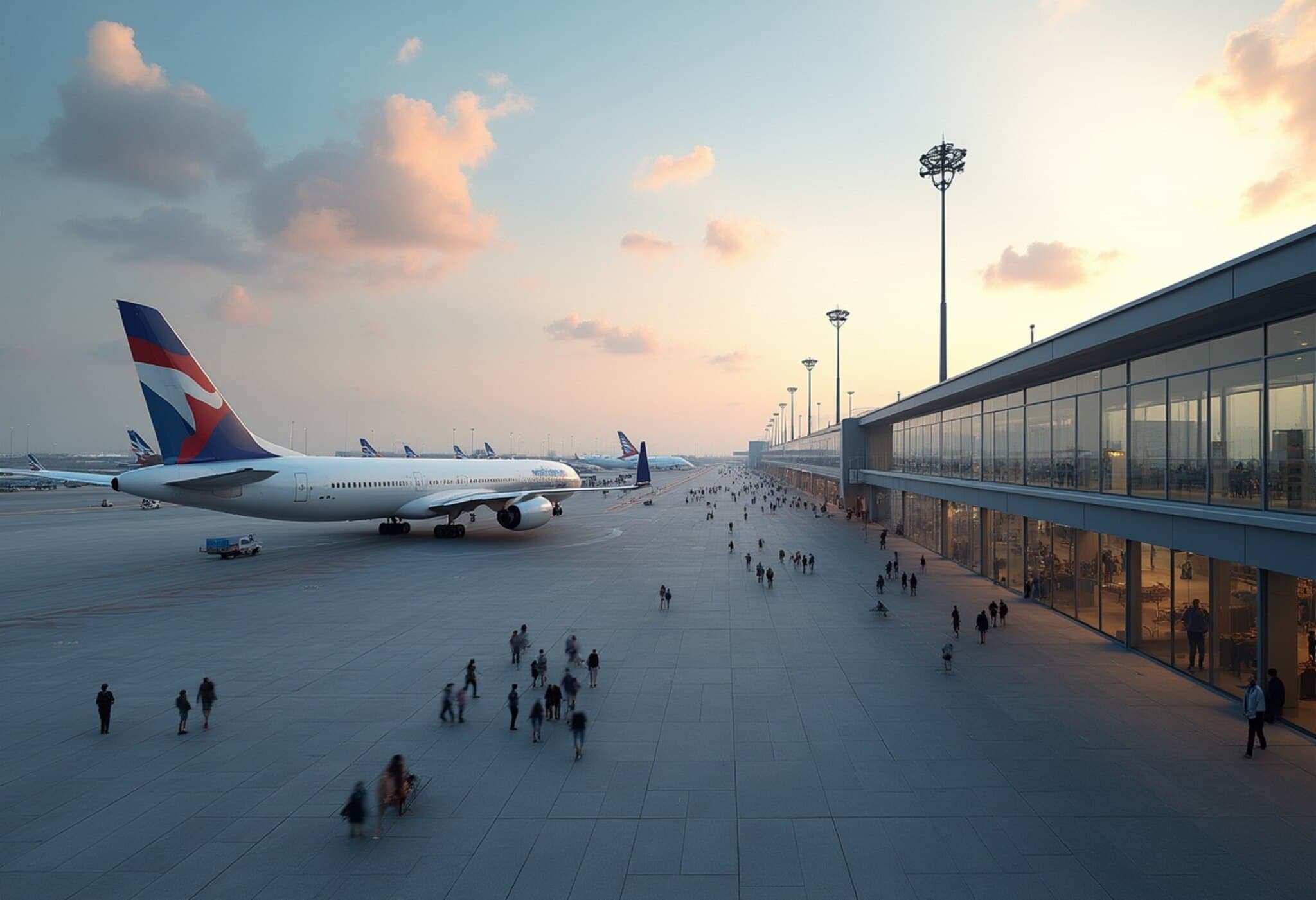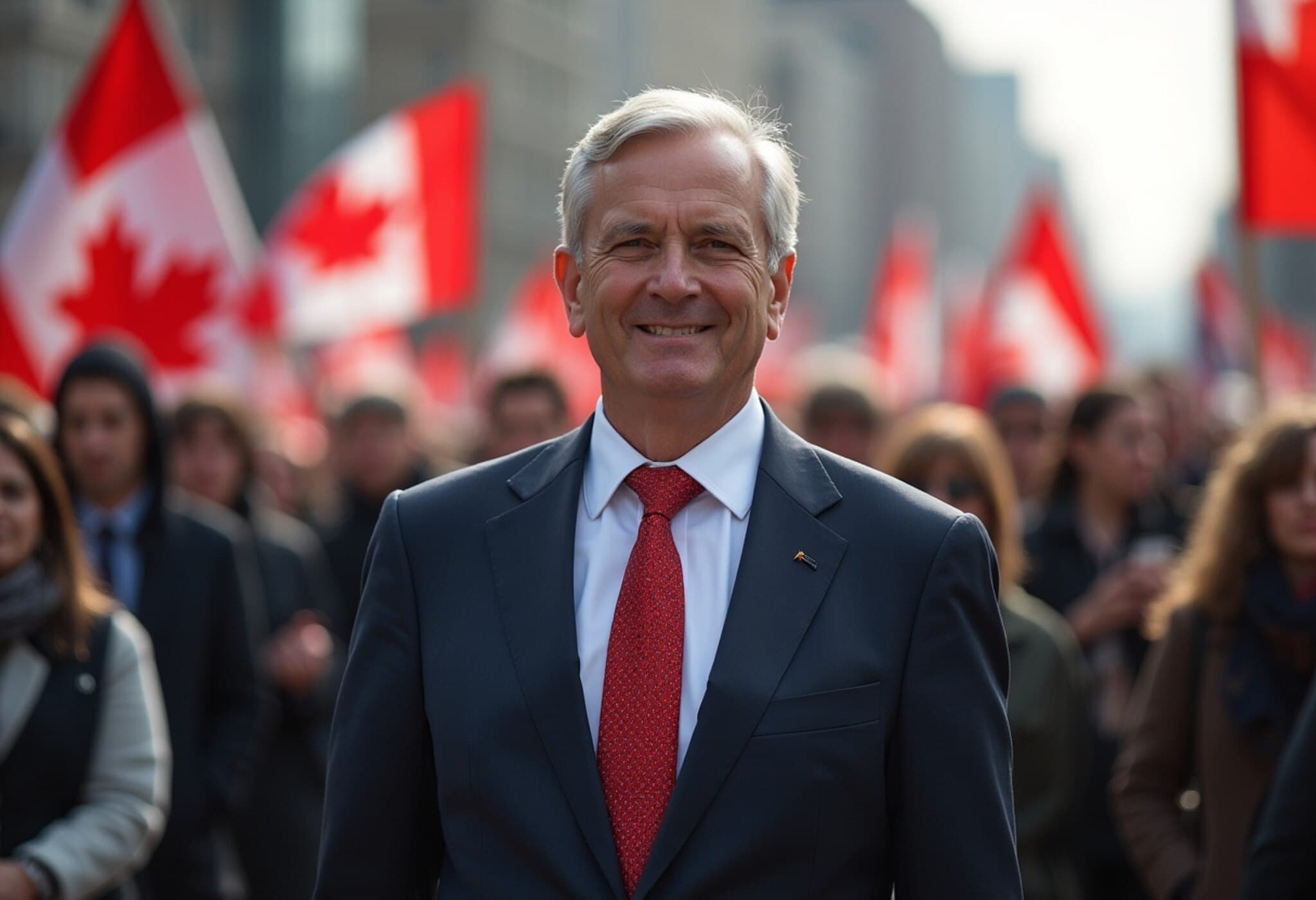Heathrow Airport Unveils Ambitious $13.6 Billion Five-Year Upgrade Plan
London’s Heathrow Airport is preparing to embark on a comprehensive £10 billion (approximately $13.6 billion) infrastructure overhaul designed to modernize facilities, boost capacity, and champion sustainability—all without tapping into taxpayer funds. This proposal, submitted to the UK Civil Aviation Authority (CAA), charts a visionary course for 2027 through 2031 that seeks to secure Heathrow’s position as a leading global aviation hub.
Placing Passengers at the Heart of Innovation
Central to Heathrow’s strategy is an enhanced customer experience. Airport leadership revealed that extensive consultations—engaging more than two million passengers and over 400 research studies—have informed the plan. The feedback consistently emphasized the need for quicker security, greater comfort, and sustainable operations amid rising traveler expectations.
Key highlights include:
- Demolition of the outdated Terminal 1, opened in 1969, to make room for state-of-the-art terminals.
- Introduction of new lounges, dining options, and retail outlets tailored to diverse passenger needs.
- Deployment of advanced security scanners to reduce wait times.
- Upgraded baggage handling systems for faster, more reliable service.
- Enhanced accessibility with improved assistance services for passengers with reduced mobility.
Expanding Capacity While Keeping Costs in Check
The extensive project promises to increase Heathrow’s annual passenger capacity by 10 million—a 12% boost over current figures—while also expanding cargo capacity by 20%, thus supporting the UK’s trade ambitions amid evolving global markets. Notably, Heathrow handles 40% of the UK’s non-EU exports by value, underlining its critical role in logistics and commerce.
Despite this scale of investment, airport officials have committed to maintaining affordability. The projected airport charge per passenger will average £33.26 (~$42.74), remarkably lower than the inflation-adjusted rates from a decade ago. Operational efficiencies aim for a 6% reduction in ongoing expenses and capital savings projected at £500 million (~$642.5 million).
Balancing Growth with Environmental Responsibility
Environmental stewardship stands as a pillar of this transformation. Heathrow targets a reduction of 3 million tonnes of carbon emissions—about 15% below its 2024 levels—cementing its commitment to the UK’s net-zero goals. Plans include:
- Utilizing renewable energy sources to power airport operations.
- Implementing noise insulation programs benefiting 6,500 homes and 15 schools in surrounding areas affected by aircraft noise pollution.
Executives emphasize this is not unchecked expansion but a responsible approach aligning with long-term sustainability objectives.
Addressing Infrastructure Gaps Amid Rising Global Competition
Heathrow’s proposal emerges amid growing concern over its diminishing standing among world airports. In 2025, it slipped to 22nd place in the Skytrax rankings, signaling an urgent need for reinvestment to remain competitive. As rival hubs aggressively upgrade and innovate, the UK’s flagship gateway risks falling behind without timely, strategic renewal.
The airport’s dense urban setting and limited expansion room complicate the undertaking but also underscore its necessity to optimize existing infrastructure.
Track Record of Delivery and Accountability
Confidence in this ambitious blueprint stems from Heathrow’s history of executing large-scale infrastructure projects on time and on budget, notably Terminals 2 and 5, both lauded by passengers for excellence. This track record provides a solid foundation for stakeholders to trust the upcoming improvements will meet or exceed expectations.
Economic Benefits Ripple Across the UK
The upgrade promises to generate broader economic growth beyond London. With 60% of Heathrow’s supply chain rooted outside the capital and Southeast England, the investment is anticipated to create jobs and enhance productivity nationwide. Analysts stress that as global commerce increasingly depends on efficient connectivity, revitalizing Heathrow is a vital strategic asset for the UK’s economy.
At a Crossroads: The Future of UK Aviation
This £10 billion initiative marks a pivotal moment for Heathrow and the broader UK aviation sector. The central question posed by Airport leadership is less about ambition and more about necessity: can the UK afford to delay this transformation without risking its global aviation prominence?
By blending passenger-centric innovation, sustainable practice, fiscal prudence, and economic foresight, Heathrow aims to emerge with an airport the nation can be truly proud of—ensuring it remains a gateway not just to Britain, but to global opportunity.
Editor’s Note
The Heathrow upgrade plan highlights the intersection of infrastructure modernisation with environmental, economic, and social imperatives. As the first major overhaul in decades, it raises critical questions about balancing growth, community impact, and climate responsibility—not just for Heathrow but for airports worldwide facing similar pressures. The outcome here may well serve as a blueprint for sustainable aviation hubs in a post-pandemic, carbon-conscious era.












